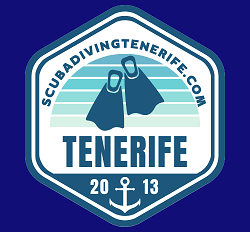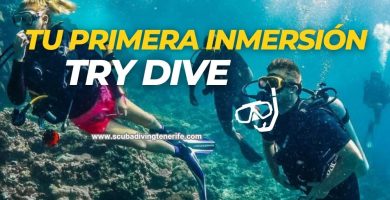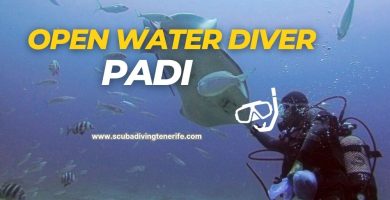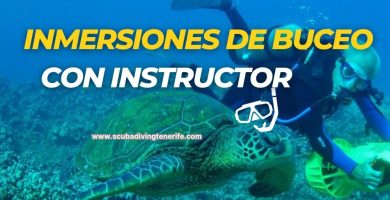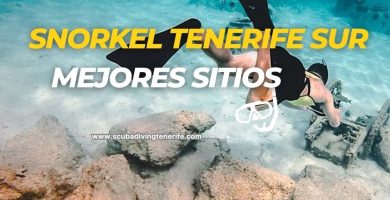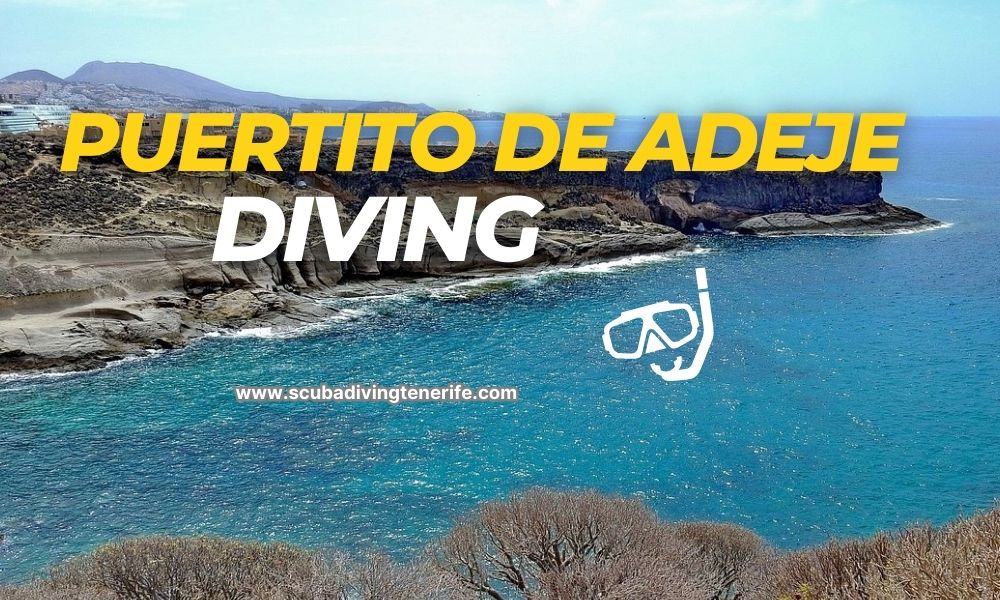
Puertito de Adeje is an ideal dive site for divers of all levels.
The place is known for being one of the spots on the island where it is easier to see sea turtles.
The bottom is scree and sand, with a gentle slope. The veril at the tip and the sebadal at the deepest point make the area very interesting to explore.
🧭 The best diving areas in Puertito de Adeje
The search for turtles begins at the very tip towards the inside of the bay. A small verile with crevices and caves outlines the point, which adds another incentive to complete and diversify the dive. It is a very busy place where we will come across dozens of divers.
🐠 What marine species can be seen in the area?
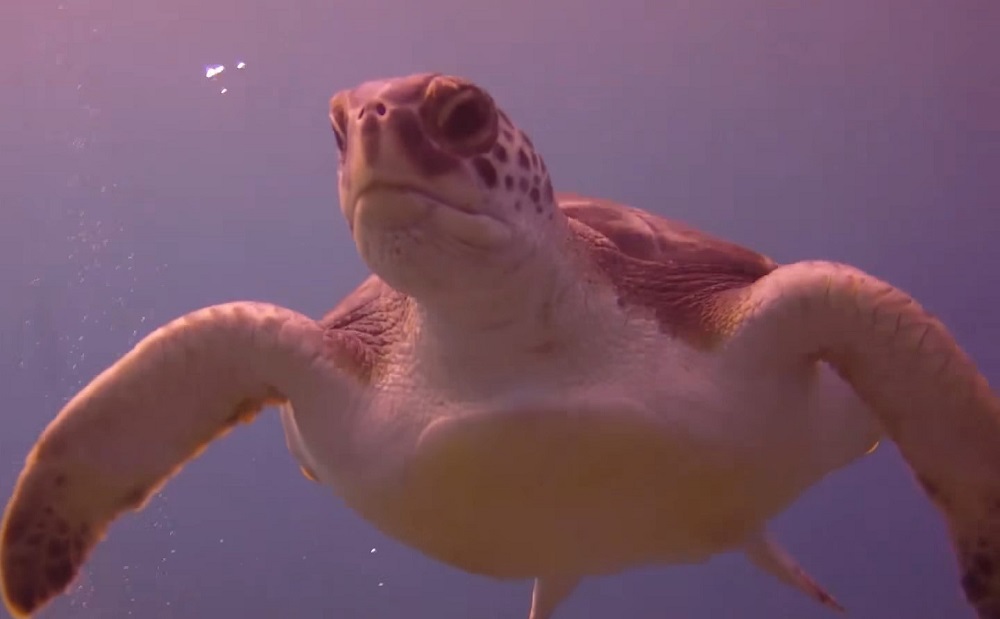
- Green turtle: iconic species of the area, it is usually very friendly and can be seen feeding on the seabed.
- Choco: a very common cephalopod in the area, with an oval body and lateral fins. They are usually camouflaged on the seabed.
- Vieja: pez de cuerpo alargado y aplanado, de color grisáceo y manchas negras en la cabeza. Suelen estar cerca de las rocas.
- Sargo: fish with an oval and slender body, silver in color with dark spots. It is very common in rocky areas.
- Seifia: fish with an elongated and flattened body, yellow in color and with black bands on the sides. It is a very fast and elusive fish.
- Palometa: fish with a rounded and flattened body, silver in color and with a black spot on the caudal peduncle. They are usually found in rocky areas and caves.
- Lizardfish: fish with an elongated and slender body, grayish in color with dark spots. It moves quickly and is very agile.
- Mantelina: crustacean with a flattened and oval body, with very long antennae. It camouflages itself in the seabed.
- Chuchos: a species of stingrays with an oval and flattened body, dark brown in color with light spots. They are usually found in sandy and muddy areas.
- Palitoa: a crustacean with an elongated and slender body, dark brown in color and with long, thin legs. They are usually camouflaged among the algae.
- Harlequin crab: crustacean with a rounded and flattened body, brown and white with irregular spots. It moves quickly along the seabed.
- Octopus: cephalopod with a soft and elongated body, with 8 tentacles and a siphon to expel water. It is very intelligent and can camouflage itself in its environment.
- Sea horse mackerel: a fish with an elongated and slender body, a tube-shaped head and a prehensile tail. It is a vulnerable and endangered species.
🤿 Diving conditions in Puertito de Adeje
The current is non-existent and the type of bottom is scree on a sandy bottom with a gentle slope.
The area is very crowded, so it is important to be careful with the heavy boat traffic in the dive area and be cautious with turtles, as they can bite.
Weather conditions are usually ideal 90% of the year and the area is sheltered from the NE wind.
The diving area can be accessed from the shore, but it is also possible to do it by boat from Puerto Colón or Los Cristianos.
📍How to get there?
Puertito de Adeje is located in the municipality of Adeje, in the south of Tenerife. To get to Puertito de Adeje you must turn off the TF-1 towards Armeñime and follow the directions on Google Maps.
